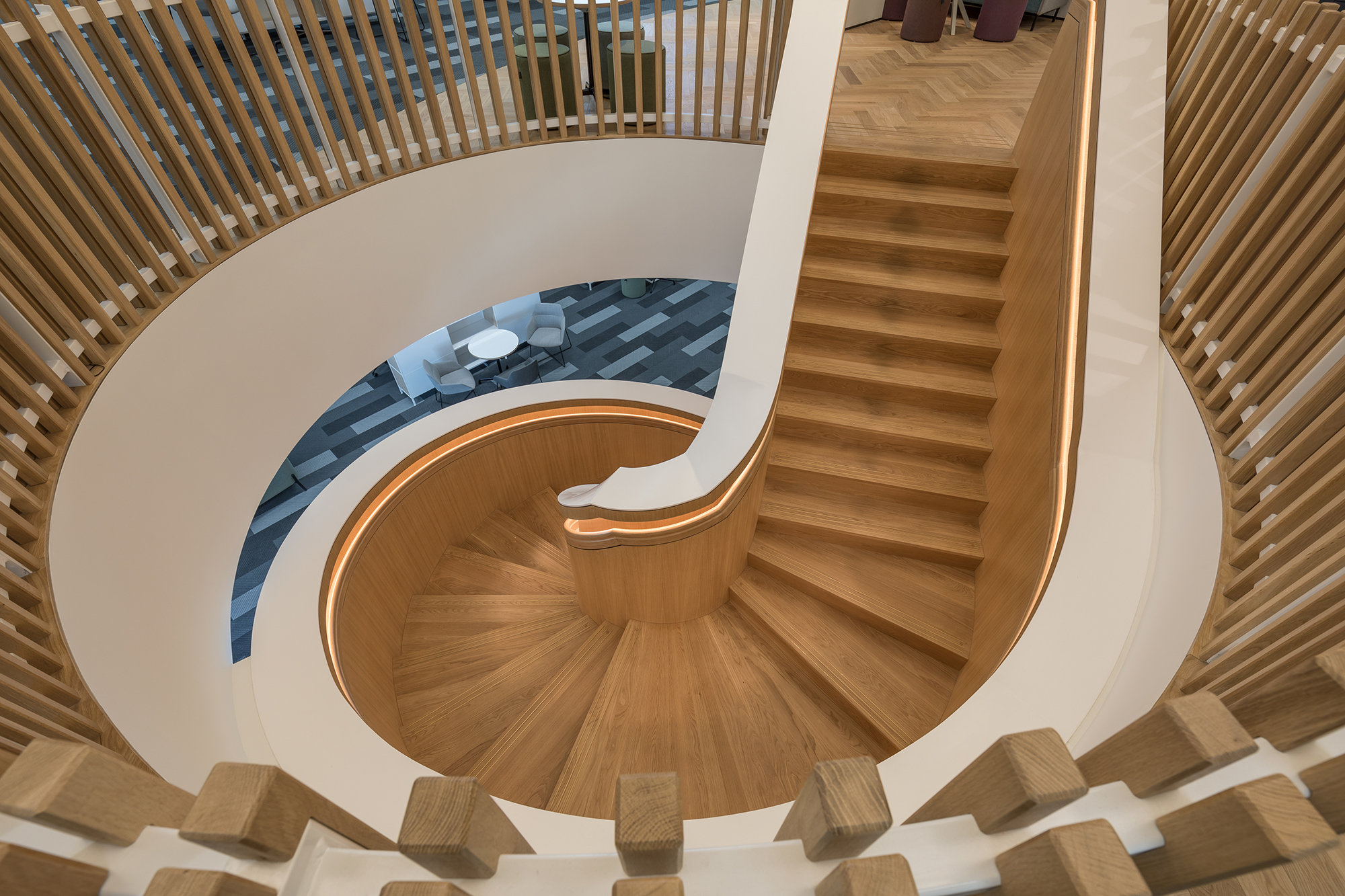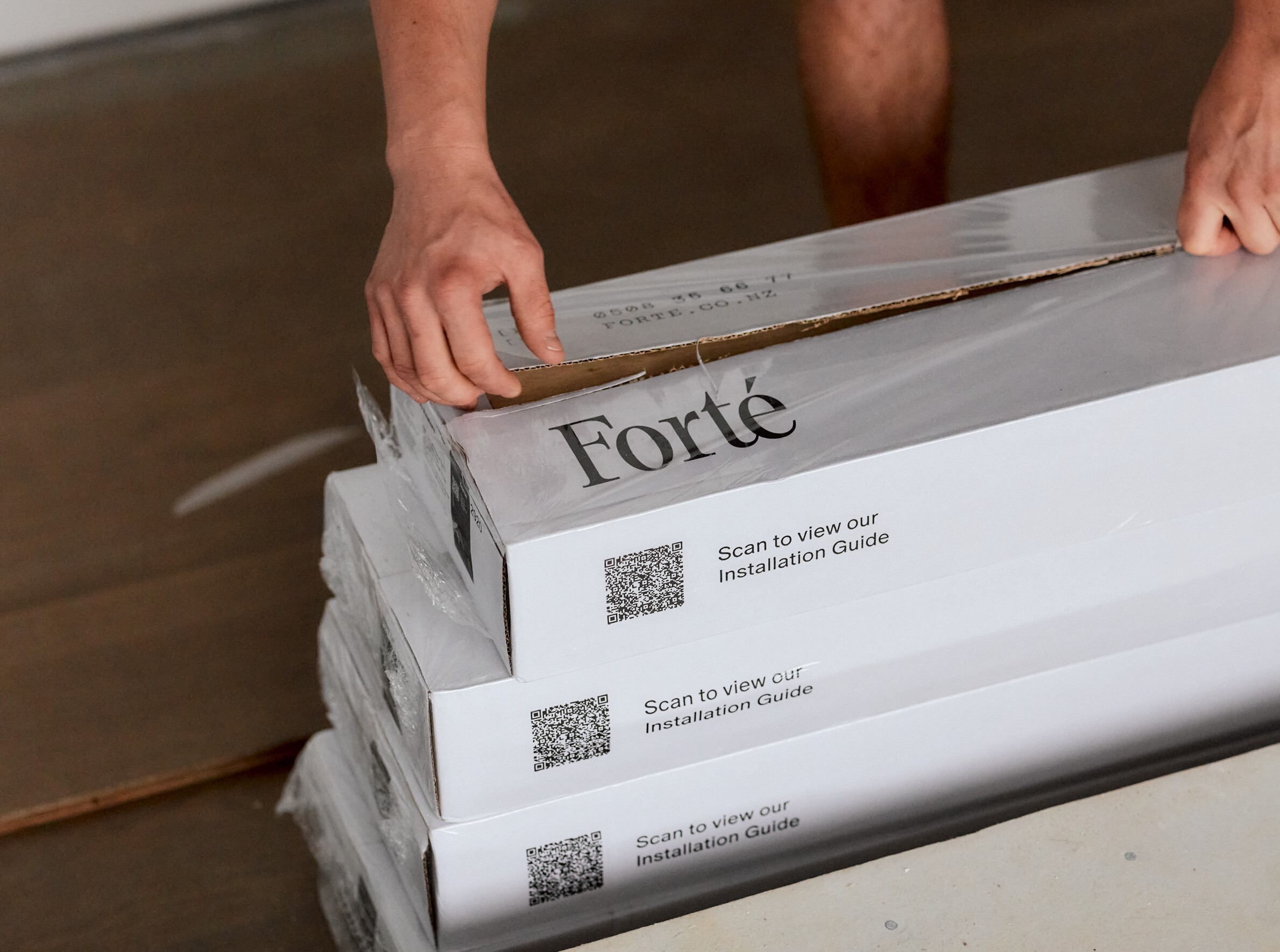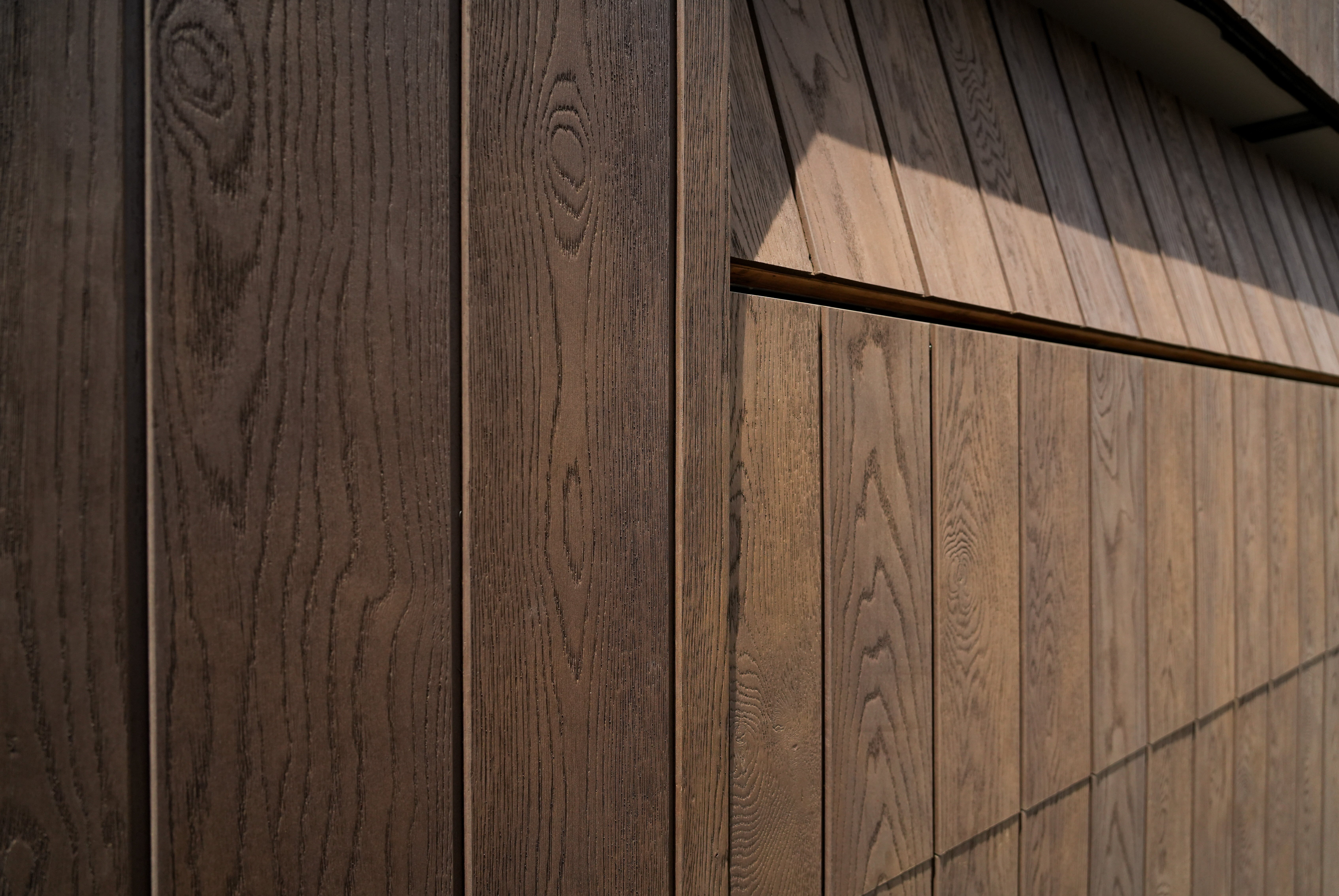Design for Everyone: A Guide to Accessible Stair Nosings
Blog |
Incorporating accessible stair nosings isn’t just about compliance – it’s a smart, forward-thinking design move that enhances safety, usability, and aesthetic continuity. For professionals working to NZBC Clause D1 standards, getting the details right from the outset can avoid costly rework and ensure a smoother sign-off process.
Why Accessible Stair Nosings Matter
Stair nosings play a functional and safety-critical role by improving edge visibility, adding slip resistance, and protecting tread integrity. When designed for accessibility, they will additionally include:
- Slip-resistant metal or tactile inserts
- A clear visual contrast (≥30% LRV) with the tread surface
- Defined leading-edge profiles to support users with low vision
These features reduce the risk of slips, trips and falls, especially in public or high-use stairwells where visibility and traction are crucial.
When and Where to Specify
Under NZBC Clause D1, stairways forming part of a common access route (e.g., in multi-residential buildings, commercial spaces, and public-use facilities) must incorporate accessible nosings. These must:
- Ensure luminance contrast between nosing and tread
- Provide a tactile cue through a 5mm visual and physical edge
- Maintain slip resistance over time
Early integration into the design phase – ideally during concept or preliminary documentation – can mitigate downstream issues related to compliance or retrofit costs.
Forté’s Accessible Nosings: Designed for Compliance and Aesthetic Integration

Forté’s stair nosing systems are pre-configured to be not only fully compatible with our entire flooring range but also CodeMark certified to meet NZBC accessibility requirements.
Key features include:
- Anodised silver finish (standard) meeting ≥30% LRV contrast
- 5mm quarter-round insert on the leading edge for tactile cueing
- Custom colour options available to suit project-specific palettes
- Compatible with all Forté overlay and engineered timber systems
What this means for your project:
- Faster Approvals & Fewer Delays
CodeMark certification means you can meet compliance requirements without additional documentation or justification, accelerating sign-off and reducing the risk of hold-ups during inspection or compliance checks.
- Simplified Specification
Because the nosings are designed to work seamlessly with Forté flooring systems, you avoid coordination issues between trades, minimising onsite adjustments or rework.
- Consistent Visual Integration and a Premium Finish
The integrated system ensures a cohesive aesthetic across stair treads and flooring surfaces – no mismatched trims or bolt-on solutions that compromise design intent. In hi-spec projects where even the smallest detail matters, this precision ensures a premium and consistent finish without compromising on quality or installation efficiency.
Lead times for accessible nosings are typically 2–4 weeks, so early coordination is recommended.
Case study: Onsen, Queenstown
.jpeg?width=240&height=320&name=Media%20(1).jpeg)
This commercial project saw an extension added to Queenstown’s iconic Onsen hot pool complex. A tall set of stairs was required to connect an upper tea lounge and massage rooms with lower-level hot pools, with guests using them while moving between various treatments and experiences offered by Onsen.
Designer Nikki Wilson explains that she was seeking a stair finish solution that would comply with accessibility requirements while still offering a premium look and feel:
“The stairwell in particular is a space with a minimal palette of natural materials deliberately selected for their quietness (visually and acoustically). Stair nosings needed to offer grip and definition from the rest of the stair but not shout louder than any surrounding materials.”
With the help of Forte’s Queenstown Consultant Alice Skinner, Nikki settled on a custom finish of Smartfloor in Natural Oak paired silver-toned stair nosings. “The Forte product system met this brief really well,” she explains. “We were easily able to select finishes that became a considered part of the materials while performing its primary function, which was public safety.”
Spec with Confidence
Whether you're preparing documentation for Resource Consent, tendering for a multi-unit development, or detailing a public stairwell, Forté’s accessible stair nosings provide a compliant, durable and visually integrated solution.
Refer to our Timber Overlay Flooring System Design Guide for in-depth spec sheets, fixing methods, and installation best practices.
Need help choosing compliant stair nosings for your next project?
Contact our team today for expert advice and product recommendations tailored to Australian and New Zealand standards — Book now.
We also welcome you to view examples at one of our Experience Centres in Auckland, Christchurch or Queenstown.
Visit one of our Showrooms
If you have any queries about our products or need help with your project, we can provide you with expert advice. Visit one of our showrooms or book a consultation with our flooring experts today.


